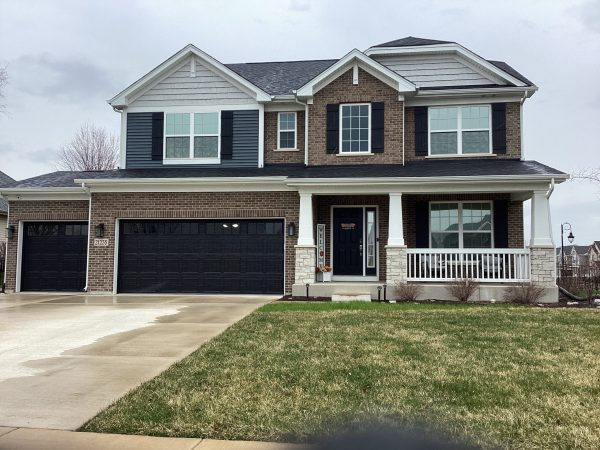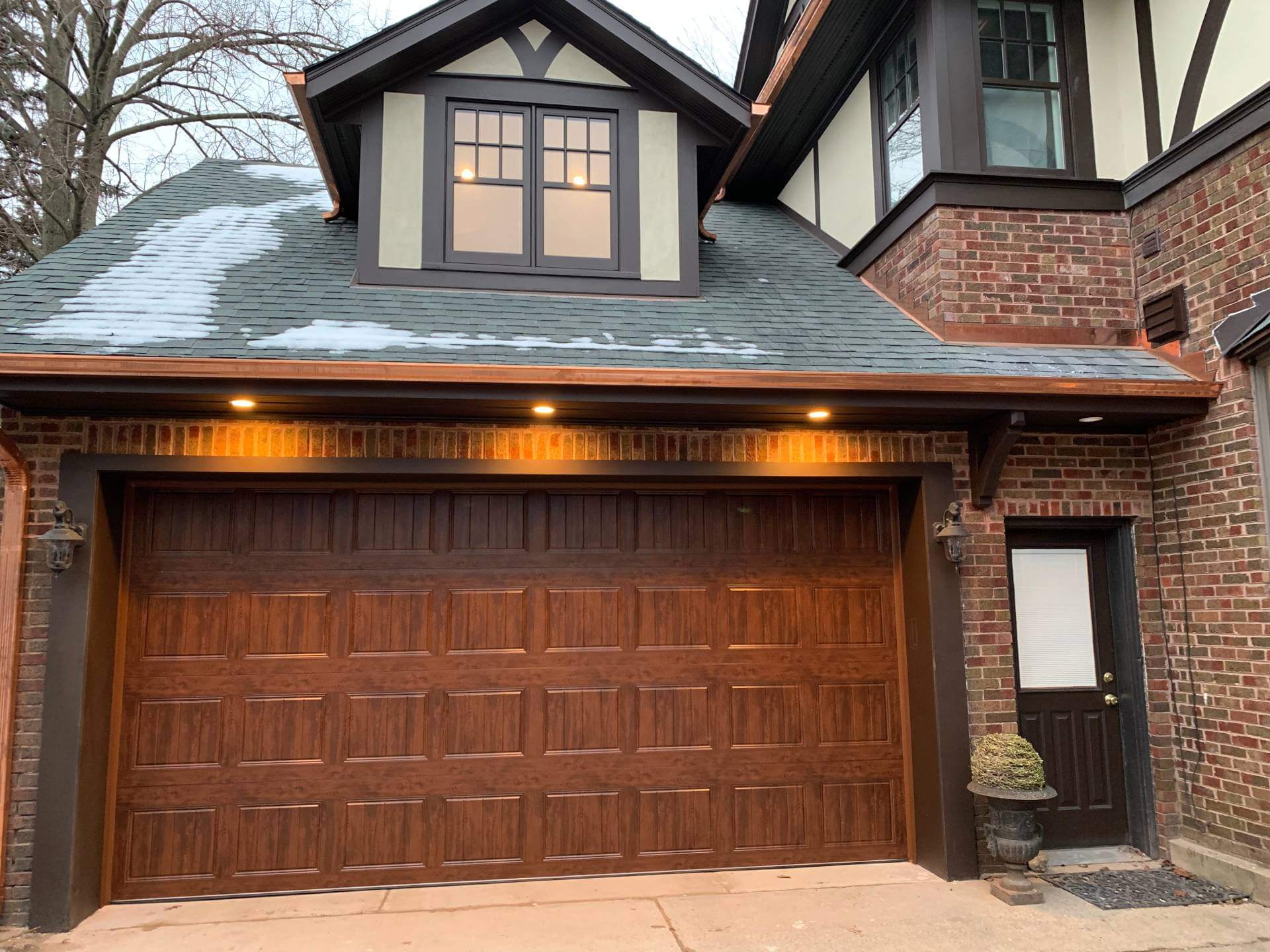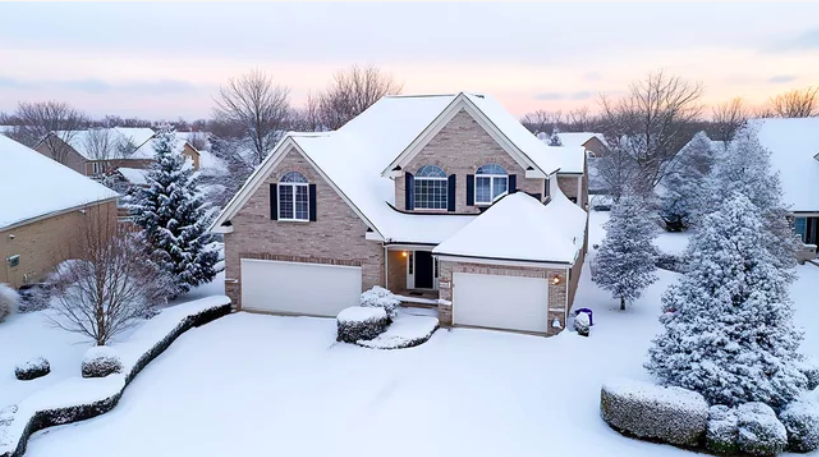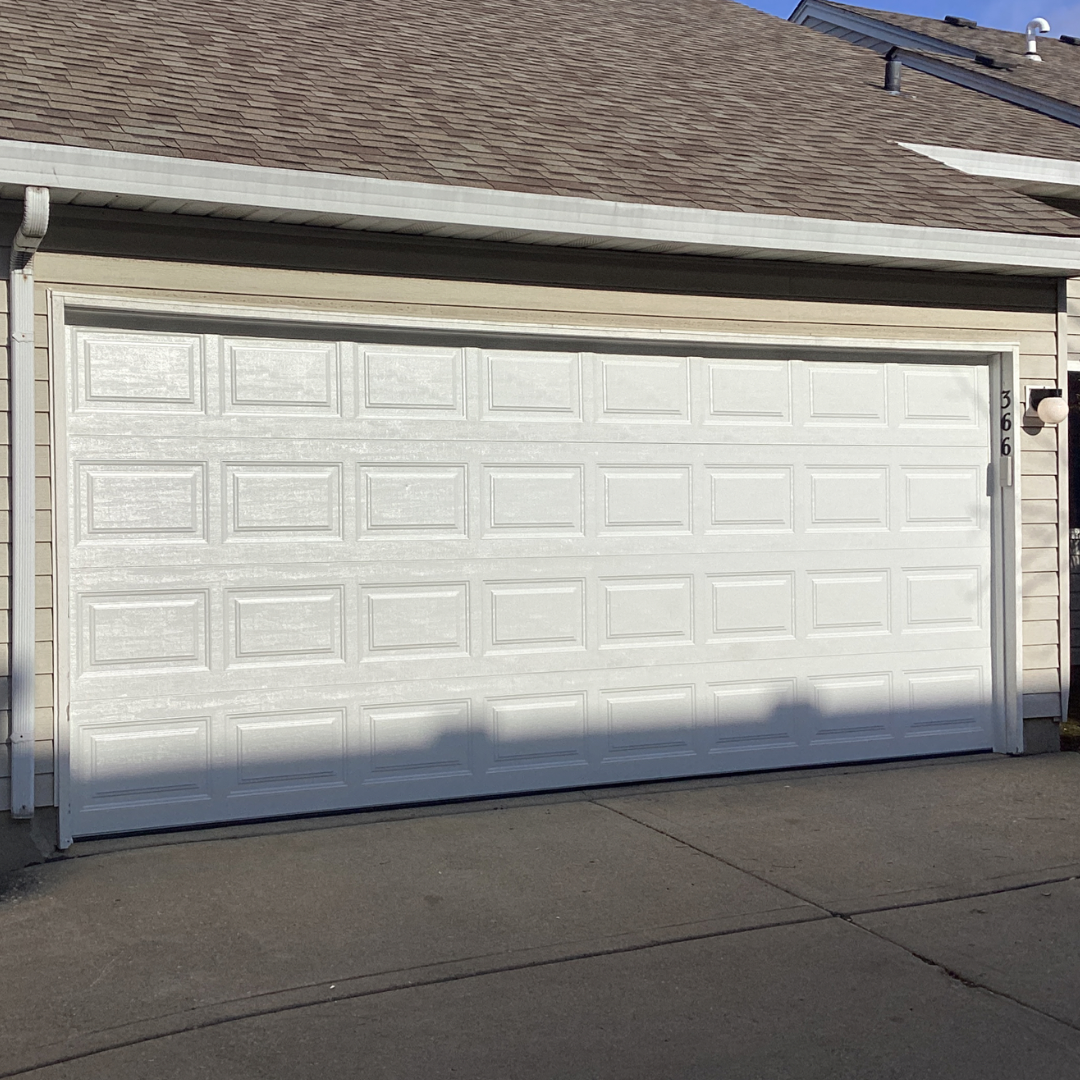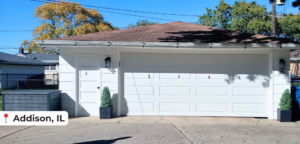When it comes to buying a new garage door or repairing your current one, understanding the different parts of the system is crucial. At Four Seasons Garage Doors, we specialize in fixing and installing garage doors throughout Illinois. We believe that knowledge is power when it comes to making an informed decision, whether you’re upgrading your garage door or scheduling a repair. To help you navigate the process, we’ve compiled a list of essential garage door parts and the key terms you should know.
1. Garage Door Panels
The panels make up the majority of your garage door and give it its shape and structure. Most residential garage doors consist of multiple panels that are hinged together. These panels can be made of various materials such as steel, aluminum, wood, or fiberglass. Understanding the material options and how they affect insulation, strength, and aesthetics can help you make the right choice for your home.
2. Track System
The track system is what guides your garage door as it opens and closes. The tracks are installed on both sides of the door and provide the pathway for the rollers to move along. If the tracks are misaligned or damaged, it can cause your door to operate unevenly or even get stuck. Regular maintenance and inspection of the track system can prevent costly repairs down the road.
3. Rollers
Rollers are the small wheels that fit inside the tracks, helping the garage door open and close smoothly. These parts are typically made of steel, nylon, or plastic. Steel rollers tend to be the most durable, but nylon rollers operate much quieter, making them ideal for homeowners who prefer a quieter garage door. Over time, rollers can wear out, leading to a noisy or sluggish door. Regular roller inspections can prevent these issues.
4. Garage Door Springs
The springs are one of the most critical components of your garage door. They counterbalance the weight of the door, making it easy to open and close. There are two main types of springs: torsion springs and extension springs.
- Torsion Springs: Mounted above the door, these springs are wound tightly and release energy to lift the door. Torsion springs are known for their durability and are ideal for heavier doors.
- Extension Springs: These are mounted on either side of the door and stretch to lift it. While they tend to be less expensive than torsion springs, they also require more maintenance and are not as long-lasting.
Both types of springs are under significant tension, making them dangerous to handle without professional assistance. If you’re noticing issues with your door’s performance, faulty springs may be the culprit. Always contact a professional to handle spring repairs.
5. Garage Door Opener
The garage door opener is the motorized device that automatically opens and closes your door. It works in tandem with a transmitter and receiver, using either a remote control or a wall switch to send signals. There are three main types of garage door openers: chain-drive, belt-drive, and screw-drive.
- Chain-Drive: These are the most common and affordable openers but tend to be noisy.
- Belt-Drive: These openers are quieter, making them ideal for homes with bedrooms above or near the garage.
- Screw-Drive: These openers require less maintenance but are generally more expensive.
Choosing the right opener will depend on factors like noise level, durability, and your budget. At Four Seasons Garage Doors, we can help you find the best option for your needs.
6. Sensors
Garage door sensors are safety devices located near the base of the door, usually about six inches off the ground. Their primary job is to prevent the door from closing on an object or person by detecting obstructions. If the sensors are misaligned or dirty, they can cause the door to malfunction. Always check your sensors for proper alignment and cleanliness to ensure they are working as they should.
7. Weatherstripping
Weatherstripping is the rubber seal located around the edges of the garage door. It helps keep out wind, rain, and pests, while also improving the door’s insulation. Good weatherstripping can reduce energy costs by maintaining the temperature in your garage. If you notice cracks or damage to the weatherstripping, it’s time to replace it.
8. Cables
Garage door cables work in conjunction with the springs to help lift and lower the door. They’re connected to the bottom of the door and run along the sides, usually near the tracks. Cables are under extreme tension, so it’s essential to have them checked periodically to avoid breakage. If a cable snaps, it can cause significant damage to your door or even pose a safety risk.
Conclusion
Understanding the different parts of your garage door is key to making informed decisions about repairs or upgrades. From panels and springs to openers and sensors, each component plays a crucial role in ensuring your garage door operates efficiently and safely. If you need expert advice or professional garage door installation and repair services, don’t hesitate to reach out to Four Seasons Garage Doors. We’re proud to serve homeowners across Illinois, and we’re just a phone call away at 630-449-4600.
Let Four Seasons Garage Doors take the guesswork out of your garage door needs and help you keep your home safe, functional, and secure!
